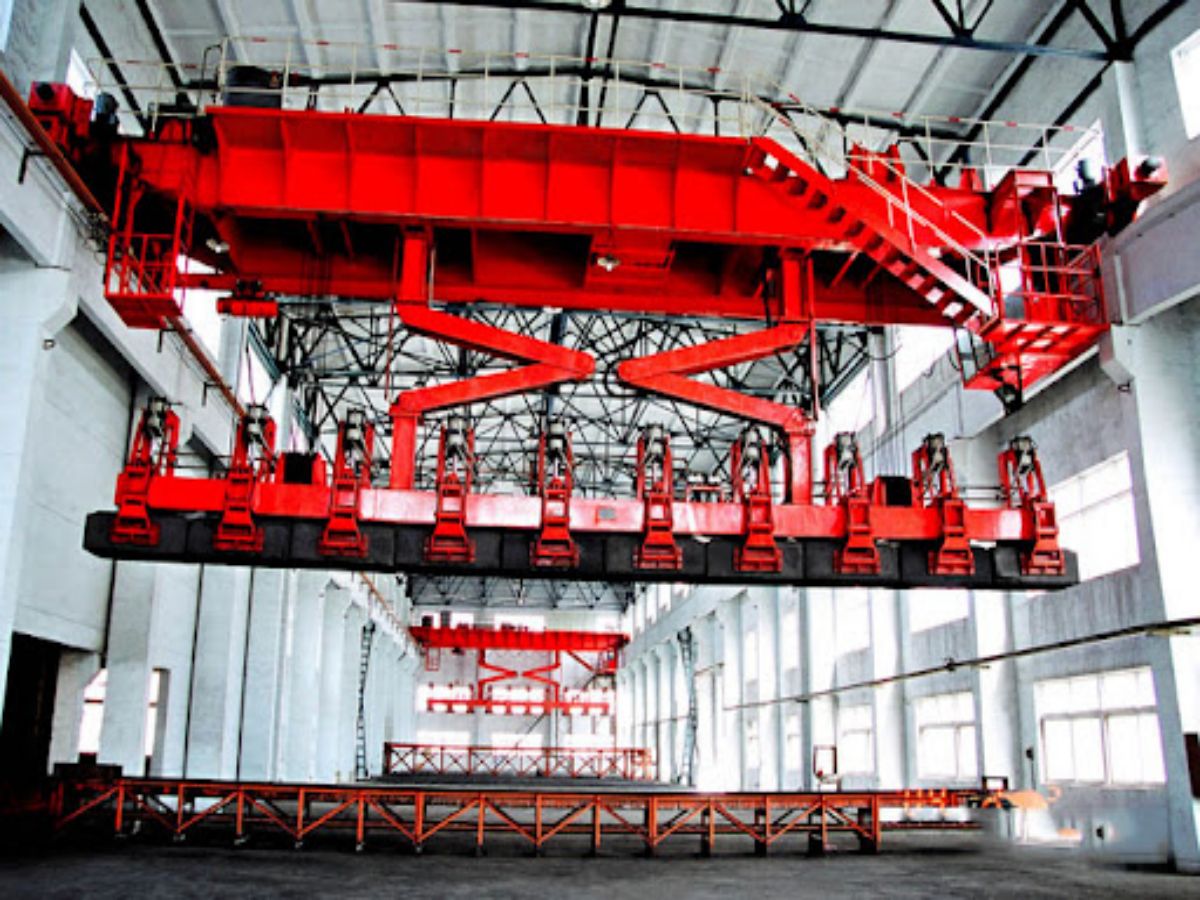The Essential Features of an Anode Carbon Overhead Crane
When it comes to the efficient and safe handling of anode carbon in the aluminum industry, anode carbon overhead cranes play a vital role. These specialized cranes are designed to meet the unique requirements of handling this specific material. In this article, we will explore the key features of an anode carbon overhead crane and how they contribute to the smooth operation of aluminum smelting plants.
1. Heavy-Duty Construction
An anode carbon overhead crane is built to withstand the demanding conditions of the aluminum smelting process. These cranes are constructed using high-quality materials such as steel to ensure their durability and longevity. The heavy-duty construction allows the crane to handle the weight of the anode carbon blocks, which can be extremely heavy.
2. High Load Capacity
One of the most important features of an anode carbon overhead crane is its high load capacity. These cranes are designed to lift and transport heavy anode carbon blocks without any difficulty. The load capacity of these cranes can vary depending on the specific requirements of the aluminum smelting plant, but they are typically capable of lifting several tons of weight.
3. Precise and Smooth Operation
Anode carbon overhead cranes are equipped with advanced control systems that allow for precise and smooth operation. These cranes can be controlled remotely, allowing the operator to maneuver the crane with precision. The smooth operation of the crane ensures that the anode carbon blocks are handled safely and efficiently.
4. Anti-Sway Technology
To further enhance the safety and efficiency of anode carbon handling, these cranes are often equipped with anti-sway technology. This technology helps to minimize the swinging or swaying of the load during lifting and transportation. It ensures that the anode carbon blocks remain stable and prevents any potential accidents or damage.
5. Customizable Configurations
Anode carbon overhead cranes can be customized to fit the specific needs of the aluminum smelting plant. They can be designed with different configurations, such as single or double girder options, depending on the available space and lifting requirements. This customization ensures that the crane seamlessly integrates into the existing infrastructure of the plant.
6. Safety Features
Safety is a top priority in any industrial setting, and anode carbon overhead cranes are no exception. These cranes are equipped with various safety features to ensure the well-being of the operators and the surrounding environment. Some common safety features include overload protection, emergency stop buttons, and safety alarms.
7. Easy Maintenance
Anode carbon overhead cranes are designed to be easy to maintain, minimizing downtime and maximizing productivity. They are equipped with features that allow for easy access to critical components, making inspections and repairs more efficient. Regular maintenance of these cranes is essential to ensure their optimal performance and longevity.
8. Weather Resistance
Aluminum smelting plants often operate in challenging environments, which can include extreme temperatures and corrosive substances. Anode carbon overhead cranes are designed to be weather-resistant, capable of withstanding these harsh conditions. The materials used in their construction are chosen for their resistance to corrosion and other environmental factors.
9. Energy Efficiency
Anode carbon overhead cranes are designed to be energy-efficient, helping to reduce operational costs and minimize environmental impact. These cranes are equipped with energy-saving features such as variable frequency drives and regenerative braking systems. By optimizing energy usage, these cranes contribute to a more sustainable aluminum production process.
10. Compliance with Industry Standards
To ensure the highest level of safety and quality, anode carbon overhead cranes are manufactured in compliance with industry standards and regulations. These standards cover various aspects such as design, manufacturing, installation, and maintenance. Compliance with these standards ensures that the cranes meet the necessary requirements for safe and efficient operation.

